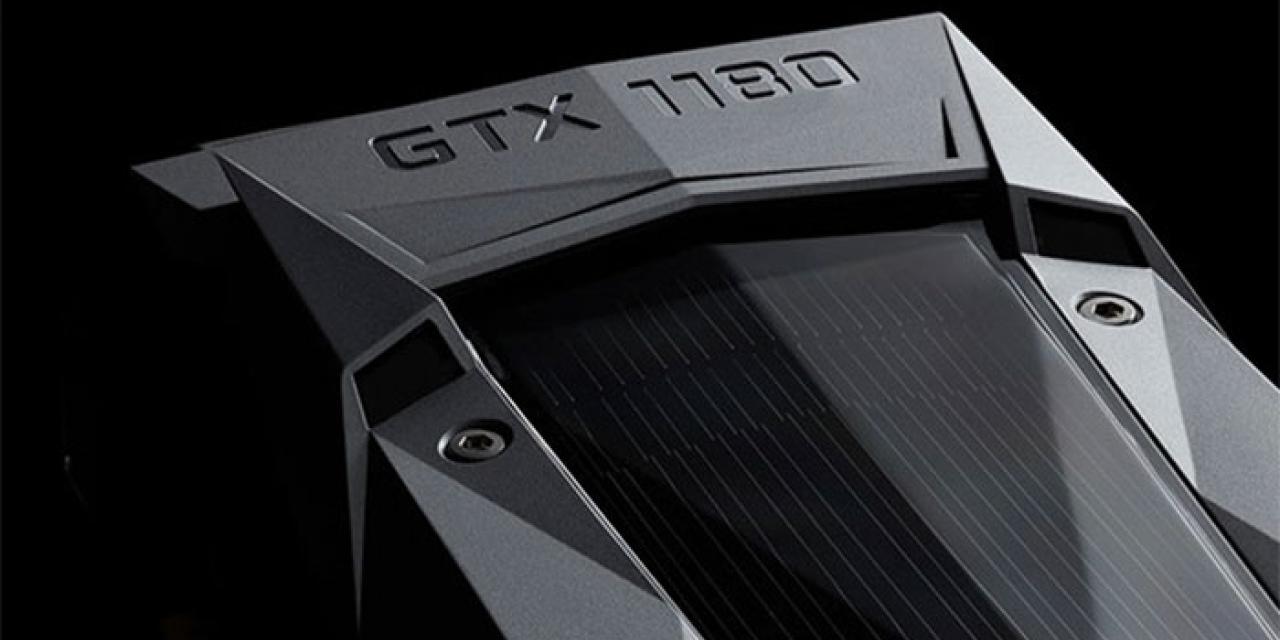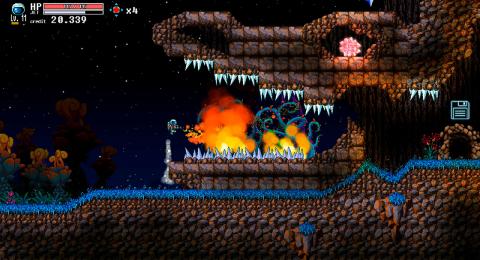
One of the biggest problems that has faced gamers for the past year has been getting hold of new graphics cards at affordable prices. Part of that blame can be put on Nvidia and AMD for not making enough, but one of the biggest culprits for buying up all the cards were cryptocurrency miners, who used the cards to make themselves money.
As a new generation of Nvidia graphics cards approaches and rumors continue about AMD cards showing up later this year, will gamers actually be able to purchase them?
The crypto-drop-off
One sign that suggests that the next-generation graphics cards may enjoy a little more availability for gamers is that the price of cryptocurrencies has fallen a lot since their peak at the end of 2017. Where Bitcoin was once worth more than $19,000, it's yet to break through the $10,000 barrier since its monumental fall a few months ago.
Other cryptocurencies have had similar drop offs, with Ethereum worth less than $800 at the time of writing and Litecoin struggling to break through $160 per token. That could all change in the near future, as there has been a steady upswing of value in the major curencies in recent weeks, but if they hold at their currently, relatively-low levels for when new Nvidia cards debut (as rumored) in July, we may see cryptocurrency miners hold off on buying new cards, at least to begin with.
Supply is finally catching up
Alongside the fall in cryptocurrency value, cryptocurrency miners have been buying less graphics cards. That's been good news for gamers, but the other end of the spectrum has also seen some work. Nvidia and AMD have been bolstering the manufacturing side of things. Together, the evening out of supply and demand has meant that graphics card stock of existing GPUs from the Pascal, 500-series and Vega generations have begun to improve.
Just recently Nvidia restocked its own store, offering hundreds of GTX 1060, 1070, 1070 Ti, 1080, 1080 Ti and Titan XP graphics cards to gamers. Those sales numbers were helped by limits on how many GPU purchases could be made, though admittedly they did end up going out of stock rather quickly.
However, this has had a knock-on effect elsewhere. While low-priced GPUs are selling out fast, there are still plenty of cards available at somewhat reasonable prices. That gives us hope that when a new-range of graphics cards are released, they may well be available in increased numbers, giving gamers a chance to upgrade before everyone else gets a piece of the pie.
Turing or Volta?
Nvidia has been rather secretive about its next-generation graphics cards and that's left us in an intriguing situation when it comes to speculation. You see, Nvidia has technically announced two different graphics cards generations as next-gen. Turing and Volta.
The Titan V was the first Volta card ever released and could well be the basis for upcoming consumer cards. But then again, the Titan V was an enterprise card, so others in that range could be too.
While we'll have to wait for an official announcement from Nvidia to learn which range the consumer cards are in, the point is, that Nvidia's other range will be built with AI developers and cryptocurrency mining in mind, which may well mean that gaming cards are much more geared towards gamers and of less interest to the various other parties that have been purchasing new cards in recent years.
Although splitting a generation might mean less cards for gamers overall, if those are in some manner reserve for gamers, the overall availability should be better, which means prices should stay far more reasonable in the months that follow the new-gen release.
That's what we hope for at least. We can't promise anything, but we're cautiously optimistic about GPU pricing and availability over the next few months.








